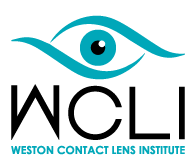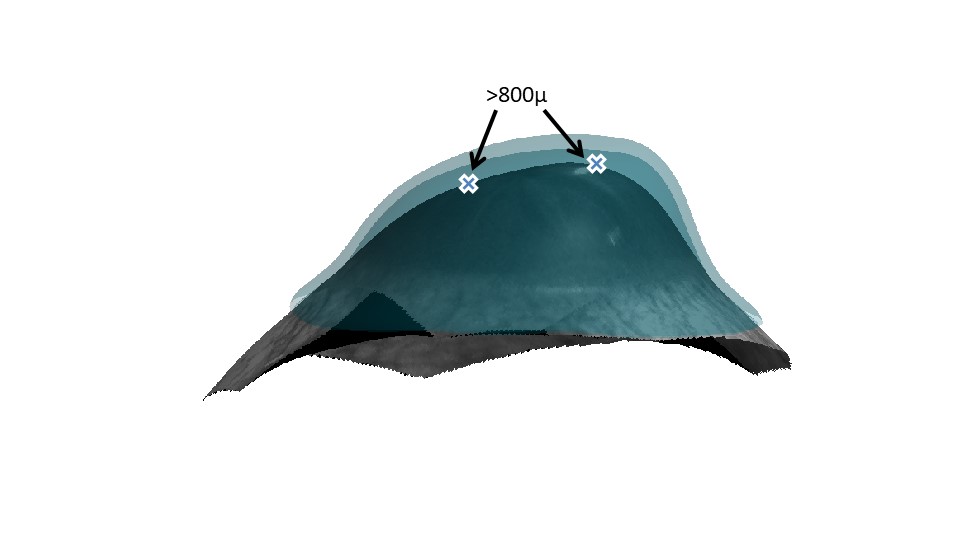Dr. Zubkousky shares how the sMap3D™ helped her practice fit a custom-designed lens for a patient and avoid a surgical alternative.
“The sMap3D™ and Latitude® technology helped me design a safe and comfortable lens for this patient,” said Dr. Zubkousky. “The patient continues to wear this lens, and surgery remains out of sight.”
The Visionary Optics team spoke with Stacy Zubkousky OD, FSLS at Weston Contact Lens Institute in Weston, Florida about how the sMap3D™ improved efficiency and patient care in her practice.
“The owner of the practice and I discussed acquiring the technology for our scleral lens practice,” said Dr. Zubkousky. “After the success at our sister practice with the sMap3D™ technology, we knew we needed one for my location. The reduced chair time and increased patient comfort and wear time is what sold it to us.”
Read about one of Dr. Zubkousky’s patient success stories using the sMap3D™.
Case Study
The Challenge
A 48-year-old man came in for a contact lens evaluation. He had a history of radial keratotomy (RK) with advanced ectasia OS>OD. His corneal specialist referred him to our practice to see if it was possible to fit the left eye in a contact lens. Otherwise, he planned on performing a corneal transplant.
Uncorrected visual acuity in the left eye was 20/400, and with manifest refraction 20/200. Left eye K readings were 47.56/58.90@ 91. A 18.0 diameter lens was fit with excellent 20/20 vision, but the lens was unable to vault his superior peripheral ectasia. A 19.0 diameter lens was then designed with reverse geometry, which still unsuccessfully vaulted the superior cornea.
The Solution
I recommended the Latitude® lens for his left eye. The sMap3D™ imaging captured the exact difference in corneal elevation that was causing the poor fit with the conventional lens. The patient had greater than an 800 microns difference in corneal elevation. With a 17.50 custom-designed Latitude lens, we were able to vault evenly over his entire cornea, including the highly elevated peripheral superior scars. The patient was very happy and comfortable with his new lens.
The Results
The sMap3D™ allowed me to design a Latitude lens that cleared the patient’s cornea evenly and prevented the need for the patient to get surgery. With this technology, a patient with a very large corneal elevation difference can still wear a lens that clears the cornea appropriately in all sectors.
The main benefits of using the sMap3D™ are: the reduced guess work and confidence in incorporating the correct amount of back surface toricity, providing my patients with the most advanced technology in the scleral lens market today, and offering an even more customizable lens option (the Latitude®) for advanced cases like this one.
The sMap3D™ has changed the way I fit scleral lenses. It has moved my practice into 2020, allowing me to proudly offer the best technology on the market to design my patients’ lenses.




